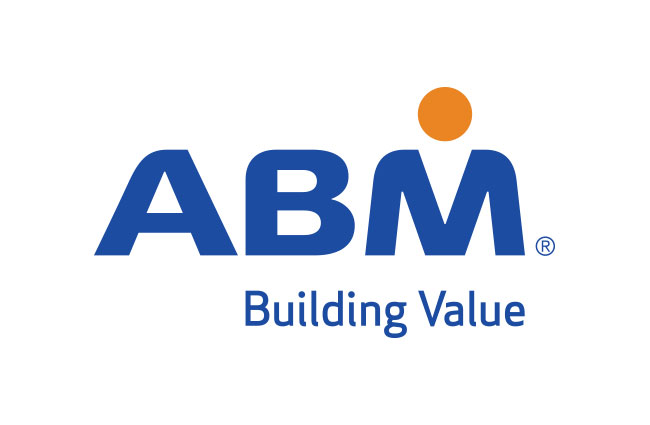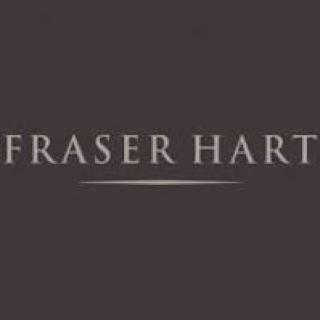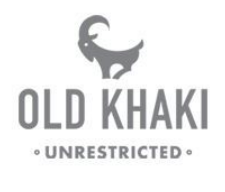Title Page
-
Document No.
-
Audit Title
-
Client / Site
-
Conducted on
-
Prepared by
-
Location
-
Personnel conducting audit
1. BULK CASH RECEIVED AT THE BRANCH.
-
1.1 Was bulk money received before 13:00?
-
1.2 Boxroom verified total amount of stop loss bags recorded on consignment with amount of stop loss bags received. <br>All the stop loss seal numbers must be logged on eViper.<br>
2. BULK CASH RECEIVED FROM THE BOXROOM AT THE CMC.
-
2.1 Was the correct receipting process followed from the boxroom to the CMC? <br>(Verified total amount of stop loss bags recorded on consignment with amount of stop loss bags received. All the stop loss seal numbers must be logged on eViper.)<br>
-
2.2 Was Bulk cash opened under CCTV coverage by the two designated people?
-
2.4 Were the bundles packed neatly on the table in order to confirm the number of bundles and the amount received?
-
2.3 2.1 Was the white board completed by the teller? <br>The following detail must be recorded on the white board:<br>- Date and time.<br>- Stop loss bags seal numbers.<br>
-
2.6 If the consignment/s consists of more than one denomination, was the bundles verified one denomination at a time?
-
2.5 Did the teller de-tag the bundles and bundle count the bulk order.
-
2.7 Was 10% of the total amount note counted?<br>The teller must complete the Declaration of Cash Count Performed Document.<br>
-
2.9 The cash received match the order placed?<br>If the total does not correspond to the total of the Cash Replenishment Voucher the same two tellers must recount the cash. If there is still a difference the CMC Supervisor must be called again and a recount must be done in full view of the camera and the other two tellers.
-
2.8 The total amount received was recorded on the white board?
-
2.10 Was the amount received recorded in the MFR?<br>If the cash received from the bank is correct, an entry in black pen must be made into the MFR stating the amount. The MFR must be signed by both tellers involve in the counting as correct.
-
2.11 Did the CMC Supervisor signed on the order and in the Float Register after monies were verified to confirm amount received?<br>The cash received MUST balance to the request. Any variance will be reported immediately to the bank and the client?
-
2.12 All seal numbers was recorded in the Float Register?
3. RECONCILIATION PROCEDURE
-
3.1 Replenishment voucher was received from the client before loading of canisters/stop loss bags? <br>This must be received via secure media (signed, PDF format etc.) by 13:00 the day before the replenishment is required.
-
3.2 Cash loaded into the canister/stop loss bag was counted under camera before it was placed into the canister/stop loss bag?
-
3.3 Each canister/stop loss bag must be loaded individually as per the client’s request and the correct denomination must be loaded into the corresponding canister/stop loss bag.
-
3.4 White board / blackboard must be used reflecting the site name, terminal ID, date, seal numbers and the amount packed into the canister/stop loss bag.
-
3.5 All stop loss bag seal numbers was recorded in the Float Register?
-
3.6 All stop loss bag seal numbers was recorded on the Replenishment voucher?
-
3.7 The date, time and cubical number were recorded on the Replenishment voucher?
-
3.8 The number of sites going out of the CMC must be the number of sites that is going to be returned into CMC for reconciliation (ATM slips and stop loss bags).
-
3.9 The Teller must ensure that the camera view clearly indicates the number of bundles and amount per denomination that is packed for each load.
4. UNLOADING OF CASH
-
4.1 Each site was reconciled individually?
-
4.2 A white board is used reflecting the site, terminal ID, seal number and date that it is reconciled.
-
4.3 The Teller must compare the cash on the ATM slip to the amount counted. <br>Dispensed and balances left are recorded thereon.
-
4.4 If there is a variance identified the Teller must notify the CMC Supervisor who will then double check the cash.
-
4.5 If no or part of the slips are received the same process will be followed.
-
4.6 Any shortage was recorded in the OB?
-
4.7 All the necessary entries must be made in the OB such as, Name of site, seal numbers of Canister, shortage amount.
-
4.8 Any shortage must be reported to the BSO immediately and the BSO must sign the OB.
-
4.10 The load slips must be verified against loaded amount keyed in and cash packed for that ATM to ensure that there were no finger errors in the load. When a variance is discovered it must be recorded in the OB and escalated to the CMC manager and BSO.
-
4.9 When a variance was identified the customer was requested to swap the ATM.
-
4.11 The variances were recorded on the daily over and under spread sheet?
-
4.12 Returned cash must be booked back into the float and repacked as per customer instruction?
5. UNUSED FLOAT
-
5.1 Client’s float must be sealed when not in use. There must be an opening and closing entry in the OB reflecting the opening and closing seal numbers.
-
5.2 The ATM Supervisor will check all floats daily and not only the cash but the validity of entries.
-
5.3 The CMC Supervisor, Manager or BSO must carry out weekly checks. The following will form part of the weekly check:<br><br>• Float Register<br>• Cash Count sheet<br>• OB <br>• Reconciliation for the day<br>
-
5.4 The float total must be the same as the total of cash on hand. This total will also be reported to the client on daily basis as part of the reconciliation.
-
5.5 Once a week confirmation of float checks and closing balances must be requested from the ATM clients whom must be confirmed/acknowledged in writing.
6. CUSTODIAN
-
6.1 If the ATM printer is faulty or out of paper or the print on the slip not visible, the custodian is not to continue with the service and must inform the Branch and await an instruction before proceeding to the following site.
-
6.2 The custodian must record all events in his OB and escalate to CMC supervisor, BSO and Branch Manager.
-
6.3 The custodian complete the debrief form for all the ATM’s?
-
6.4 Each report must be signed off (Supervisor), faxed/emailed to ATM Solutions.
-
6.5 Was the correct escalation procedures followed for the following?<br>- Sites not loaded/swapped for any reason.<br>- Swap bags<br>- Any differences identified on specific site/s &floats.<br>- Requesting for swaps.
-
6.6 Custodian is not performing changed loads on instruction from customers - all requests must go through CMC?<br>
7. CCTV FOOTAGE
-
7.1 Is the CCTV footage clear?
-
7.2 Are the entire process covered by the camera?
-
7.3 No obstruction taking place while the cash is verified or packed?
-
7.4 Is footage retained for the correct length of time (90 days)?
8. FILING
-
8.1 The ATM slips, debrief form and auditor check list were filed safely with the original order received.
-
8.2 Filing is done daily and kept in a safe place / locked away?
9. GENERAL
-
9.1 The Client’s Reconciliation must be emailed daily after reconciliation of the day.
-
9.2 Before the reconciliation document is sent the document must be signed off by the teller, CMC Supervisor and CMC Manager ensuring the comments section is completed. <br>A copy of email must be kept.<br>













